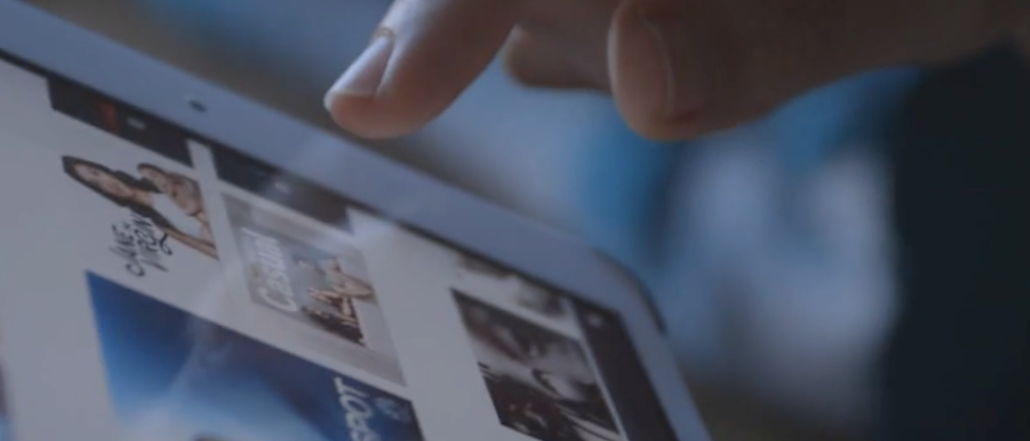Save 50% on a 3-month Digiday+ membership. Ends Dec 12.
Targeting, control, measurement: What agencies want from Facebook’s new TV-like ads

U.K. agencies are excited about the prospect of commercials during Facebook live streams, though questions around targeting and brand safety still linger.
Facebook announced that the new ads will appear five minutes into a broadcast and will last up to 15 seconds. Currently, video ads elsewhere on the platform autoplay with the sound off. With the new commercials, which play in the middle of a broadcast, the sound is already on and the viewer is theoretically engaged.
“This is fantastic for advertisers: 100 percent in-screen, non-skippable, with the sound on. It’s a different viewer experience from the past,” said Renee Mellow, head of paid social at Mediacom. “So many media dollars have been going into video ads on Facebook where we can target the audience, but we’re not getting great content fit for that part of the platform.”
So-called mid-roll ads — to distinguish from pre-rolls that play prior to content — are gaining acceptance, argued Isabelle Baas, managing partner, digital, at Starcom Mediavest. Viewers are used to TV.
“It depends how much Facebook will let us control, how much the minimum spend will be, how rich we can make the targeting,” she said. “Advertisers love Facebook’s Audience Network because of the rich targeting.”
Advertisers can opt out of appearing in the live stream for fear of appearing next to devastating or dangerous content, according to AdAge. On the publishing side, media companies can select which advertising verticals they want to appear in their streams. But the brand-safety question remains a lingering concern for all parties.
“It opens the door for those who didn’t have the money to advertise on TV alongside a niche sport in the Olympics,” said Ryan Storrar, head of biddable platforms at Essence. “But you don’t want it appearing against content talking about athlete drugs scandal. It’s how they balance this with user experience.”
“Advertisers want as much control, reassurance and measurement as possible,” agreed Phillip Dyte, strategy director at iProspect UK. “The incentive to use the ad option is strong — it’s no surprise that after 160 million people viewed a woman try on a Chewbacca mask, the item sold out. As long as Facebook can make it controlled enough to satisfy advertiser’s questions.”
Facebook has 1.7 billion users, the most popular video has had 160 million views, some of which will be duplicates. With this in mind, watching Facebook Live is still a nascent enough behavior for the platform to write the rules and decide what commercial breaks look like.
Indeed, in this experimental stage no one knows what live-streaming content works for publishers. Facebook acknowledges this by paying media companies and social stars to create it. Not knowing the content that works will make it much harder to plan for contextually relevant content on Facebook rather than TV.
However, as Dyte points out, this is a test; Facebook will scrap the ad format if users find it frustrating. But the potential of video — and the fear of other platforms like Snapchat piping Facebook to the post — has made Facebook charge into the format.
“Facebook’s strategy has been the same for three years, to own the one-to-one and one-to-many connections,” he said. “Video is the battle to win right now, so Facebook is willing to extend and stretch beyond its own product discipline.”
More in Media

The Washington Post debuts AI-personalized podcasts to hook younger listeners
The Washington Post has used AI to build a pick-your-own-format news podcast, letting listeners choose the topics, hosts and duration.

Workforce data, smarter AI integration among greatest workplace priorities in the new year
The growing importance of workforce data is just one of the prognostications people managers are making looking to the year ahead.

WTF is AI citation tracking?
Publishers are tracking AI citations to understand visibility, attribution gaps and referral traffic in these tools and platforms.





